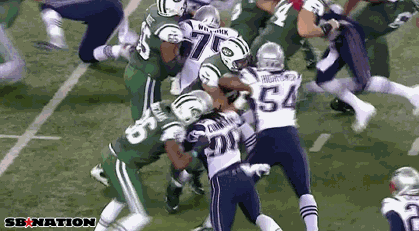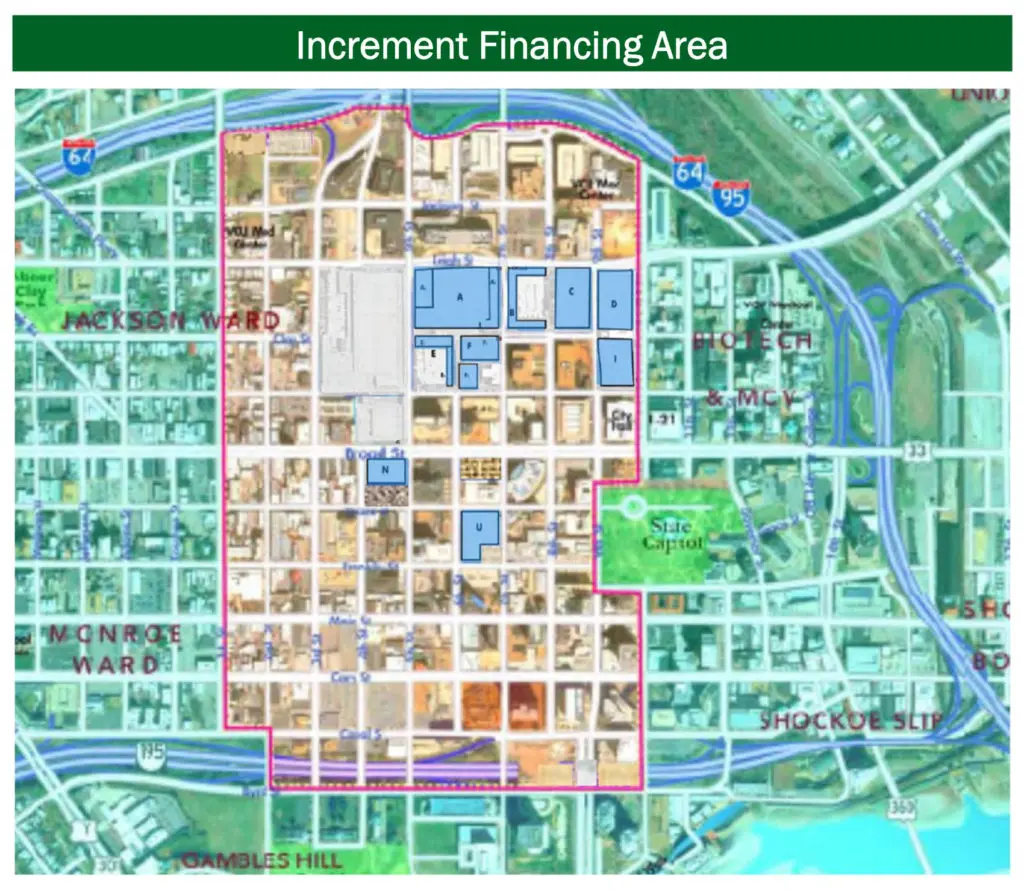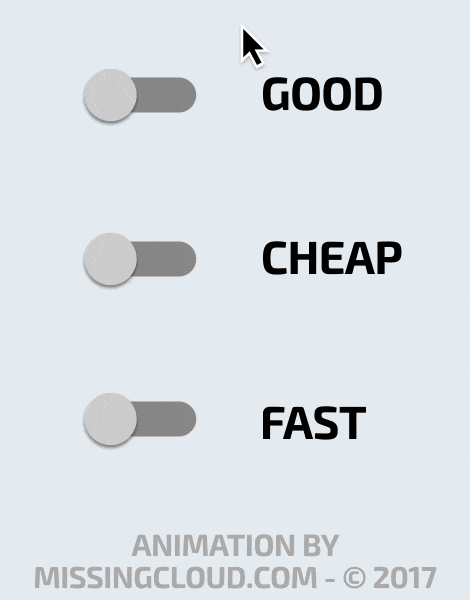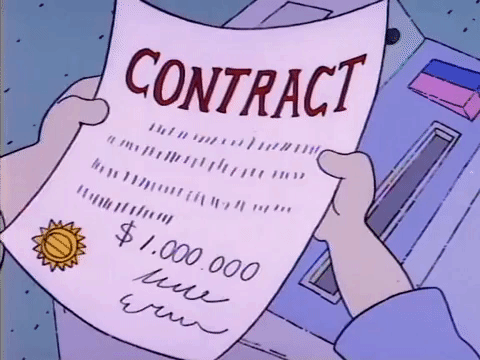I think we all recognize the tough, gruff, and staunch business owner as a negotiator archetype. You know the ones –– they sit across the table, fists clenched, barking ‘take it or leave it,’ and constantly drawing lines in the sand. They threaten, cajole, and otherwise issue demands fully expecting the other side to cave in and accept the exceptionally one-sided offer.

We also hear about the power-broker talent agents in their silk suits –– working from some expansive office on the 50th floor –– concocting devilishly devious plans to get their client the lead role in a blockbuster movie with the multi-million dollar payday.
But are they real?
Perception or Reality?

Popular lore –– history, literature, film –– they have all taught us that a great negotiator is equal parts Ari Gold, Don Corleone, and Gordon Gekko. Time after time, we see the negotiator depicted as a user of bravado, intimidation, inside information, and Jedi-mind tricks in order to get their way.
Sorry to disappoint you, but negotiations in real estate do not, in any way, shape or form, resemble Hollywood, Wall Street, TV, the NFL or even the Godfather.
Let’s look at the differences.
Perfect information
Do you realize how much access to information levels the playing field? When all parties have the same database at their fingertips (MLS), any informational advantage is negated.

The buyer, seller, both agents, as well as the appraiser (and even Zillow!) –– they all draw from the exact same housing data. Thus, the difference between what a home is worth and what people will pay for it is not large.
Years ago, before online MLS and Zillow, you could occasionally exploit an informational advantage. But today, the ability to convince someone to sell their home at a 10% discount to fair market value (or even a 5% discount) is pretty much nil and the true lowball offer generally gets laughed right out of the room.
(Quick Note –– Don’t mistake a 5% discount from asking price for a 5% below market sale. If someone’s property is priced 5% above market and you negotiate a 5% discount, that isn’t a negotiation.)
The Sheer Number of Transactions
Do you know how many really good NFL QB’s will become free agents this winter? Maybe 2?
Any idea how many Hollywood blockbusters are in production? A couple? A handful?
Or how many Internet startups will go public this year? 3? 5? 10?

But do you know the number of homes that transfer in our region this year? Oh, about 25,000.
Yeah, that changes things a bit.
When there are 25,000 transactions in any marketplace, no one feels compelled to make any single deal. Buyers and sellers know that there is a high likelihood that another opportunity is only days or weeks away –– and thus, feeling the pressure to accept a well below (or well above) market offer isn’t there.
When the number of transactions is in the thousands, the impact of negotiation delines significantly.
The Similarity of Housing
The difference between Tom Brady and the worst QB in the NFL can be a Super Bowl victory or last place. The difference between Leonardo DiCaprio and Tom Arnold can mean box office smash or flop. But is the difference between 1234 Main Street and 1235 Main Street really that much?

Of course not.
In theory, each home is unique. In reality, the difference between one house on a street and the next one isn’t nearly as great as the difference between actors, quarterbacks, or even IPOs.
When you are looking at the 5 housing options between $350,000 and $375,000 –– all of which have 4 bedrooms and a 2 car garage –– are you really going to be irreparably harmed if you only got your 2nd (or even 3rd) choice? In the grand scheme of things, not that much.
Besides, you can look at a variety of sources and predict the frequency that similar homes will come to market –– and act accordingly.
Face to Face or Inbox to Inbox?
In the old days (before the World Wide Web!), face to face presentation of offers was fairly common –– and perhaps there was a little more posturing between agents over deal points.
Today, that practice is largely non-existent.

Offers today are generated digitally, signed digitally, and delivered to the other side digitally. Yes, agents might chat a bit on the phone, but the notion that one agent sits down across the table from the other and some type of point/counter-point back and forth negotiating tennis match ensues is archaic.
Market Imbalance
Lastly, the idea that you, as a buyer, can sit back and play coy and eventually end up with the house you want is extremely low. Why? Because there is a housing shortage and odds are you are one of about 10 people seeking the exact same thing.
When inventory creeps below 3 to 4 months, buyers don’t have much leverage.
Remember, a market tends to be populated with as many sellers as there are buyers –– but an auction (intentionally) has but one seller being pursued by as many buyers as possible. And trust me, buyers do not like auctions.
Due to the prolonged inventory shortage, purchasing real estate in this day and age far more resembles an auction than it does a balanced market.
Then What in the World Are We Supposed to Do?
Ok then, wise guy. If none of the negotiating techniques that every other industry seems to use work, then how do you do it?
For Buyers

As a buyer, it is simple –– do your homework so you know values, act quickly and decisively when the time comes, leverage your cash reserves to make your loan as appealing as possible to the seller, and use the other terms of the contract to tip the bid in your favor.
Things like –– flexible closing dates, rent backs, and fast inspections –– all of these are ways to make your offer more appealing than your competition’s.
For Sellers
And if you are a seller, do everything you can to create a bidding war –– when multiple buyers compete for your home, you will end up with not only the best price, you will also end up with the best terms.
When you entice a 2nd, 3rd (or more) buyer to any buying process, the buyers are no longer negotiating exclusively with you, they are negotiating against each other (I cannot express how much this is and TO YOUR BENEFIT!) Negotiating against a third party undermines almost all of the purchaser’s leverage. USE IT TO YOUR ADVANTAGE!
Far too often, we see sellers undermine their own position with poor timing, backchannel sales efforts, poor/unclean property conditions, and/or pricing the home at a premium (in order to ‘leave some room for negotiations.’) When a seller misses the opportunity to exert pressure on their ENTIRE buying pool, they miss out on more money AND better terms.
Having more than one offer is ALWAYS the optimal situation for the seller.
Summary
Look, is there an art to writing an escalation clause? Or an inspection addendum? Or a way to write an ‘as-is’ addendum that doesn’t put you at risk? Or a way to look at MLS and get a sense for demand?

You bet.
And is there an art to positioning the offer? Or the perfect time to deliver it? Does the lender matter? And does the agent’s reputation matter?
Of course.
And, as a seller, is there a way to create a multiple offer situation on your listing?
Again, yes, if you know what you are doing.
But we will reserve our best tactics and strategies for our clients and not publish them in a public forum.
That said, the key is to know a) what is the value of what you are buying and b) where you stand in the market. None of these techniques matter if the fundamental offer isn’t already strong.
Without understanding both sides of the equation, making a good decision is next to impossible and no negotiation tactics can change the outcome.






























